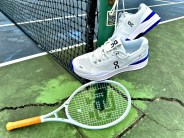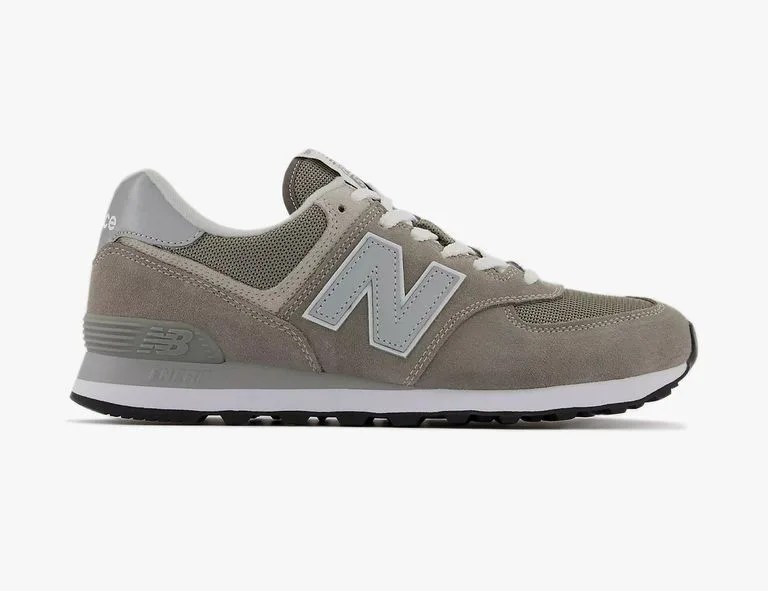New Balance’s classics-oriented catalog isn’t a facade. Founded by William J. Riley, an arch support specialist, in 1906, the company sold shoe inserts until 1960, when then-owners Paul and Eleanor Kidd introduced NB’s first-ever sneaker, the Trackster. The first of its kind to feature a ripple sole and come in different widths, cross-country and track teams across the country, at both the collegiate and high-school levels, quickly transitioned to this new shoe.
Products in the Guide
-
New Balance 574 Core
Read more
Eight models came between the Trackster and 1988’s 574, a lifestyle shoe originally introduced as an economy runner. For its value, it boasted impressive tech. 574s were comfortable, could be worn for a light workout, but proved best for more pedestrian situations. For New Balance sneakers, generally speaking, the higher the model number, the more tech. The lower that number is, the more “lifestyle” the shoe leans.
With the 574, New Balance broadened its reach. A lower point of entry made their shoes more accessible, and a big “N” logo and suede side panels helped the company move past their original color palette (grays and neutrals). Doing so attracted those set on expressing themselves through footwear. Namely, musicians — from Biz Markie and Raekwon to KRS One and Phife.
As years passed, New Balance’s technical credibility was never questioned. Running shoe after running shoe earned best-in-classic honors. But, what sneaker shoppers considered “cool” changed with the seasons. New Balances became “dad sneakers” — scorned for their sensibility. Their affordability — a strength to those with common sense — was ammo for arguments against them. There were better pairs of shoes out there, even from the same brand. But the 574 has endured, and, with the sudden hype surrounding casual, comfortable, stylish sneakers, will probably prosper again.







